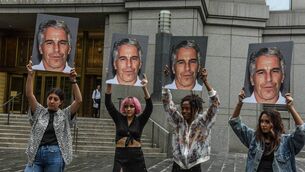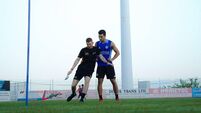Crew confident of safe return
However, Ms Collins said she is confident that Discovery, which unlike Columbia wasn't hit by the large piece of foam, will get her crew home safely.
"Personally, I did not expect any large pieces of foam to fall off the external tank," she said in her first interviews from space yesterday morning. "I thought we had that licked."














